For Nissan Armada owners, understanding battery sizes, replacement procedures, and troubleshooting common issues is essential for maintaining your vehicle.
This comprehensive guide covers everything you need to know to keep your Armada’s battery in top condition.
Table of Contents
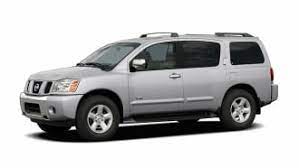
Understanding Nissan Armada Battery Sizes by Year
Each model year of the Nissan Armada uses a specific battery size and type that is best suited for its electrical needs. Here’s a quick overview of the most common battery sizes for several years of the Nissan Armada:
2004 Nissan Armada
The 2004 model typically uses a Group 27F or Group 34 battery, with 12 volts and 750+ cold-cranking amps (CCA).
2006 Nissan Armada
This model also uses a Group 27F or Group 34 battery, similar to the 2004 model, offering a strong cold-cranking amp (CCA) rating for reliable starts.
2008 Nissan Armada
The 2008 model often uses a Group 35 or Group 34 battery with a 12-volt configuration and around 750 CCA, which is crucial for its heavy electrical demands.
2010 Nissan Armada
Similar to earlier models, the 2010 Armada uses a Group 35 or Group 24F battery with good CCA to handle cold starts and large electrical loads.
2012 Nissan Armada
The 2012 model may require a Group 35 or Group 27F battery, again with 12 volts and adequate CCA to power the electrical system and start the engine smoothly.
2017 Nissan Armada
The latest model usually requires a Group 27F or Group 34 battery, offering high CCA ratings for optimal performance in cold climates and under heavy usage.
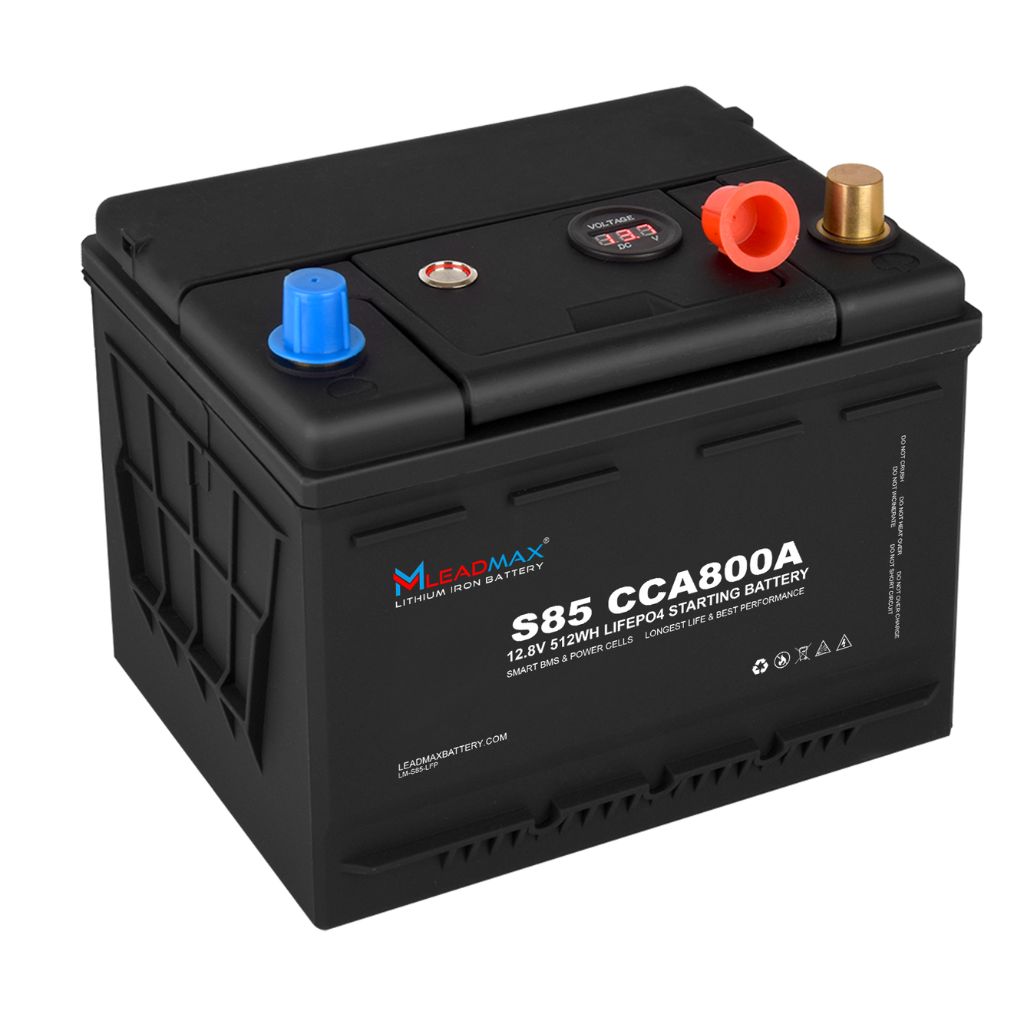
How to Replace a Nissan Armada Battery
If your Nissan Armada is having trouble starting or you’ve noticed your battery is more than a few years old, it might be time for a replacement. Here are the steps to follow:
Step 1: Ensure the Vehicle is Safe
- Park your vehicle in a safe, flat location. Make sure the engine is off, the keys are removed, and the vehicle is in park.
- Disconnect the negative (-) terminal of the battery first to avoid any electrical shorts.
Step 2: Remove the Old Battery
- Unscrew the bracket or fasteners that hold the battery in place.
- Disconnect the positive (+) terminal of the battery and then the negative (-) terminal.
- Carefully remove the battery from the tray.
Step 3: Install the New Battery
- Place the new battery in the tray and secure it with the fasteners.
- Connect the positive (+) terminal first, followed by the negative (-) terminal.
- Ensure the battery is secure and the terminals are tight to avoid any issues during operation.
Step 4: Test the Battery
- Start your engine to ensure the new battery is properly installed and fully functional.
- Check that all electrical systems are working, including lights, air conditioning, and the stereo system.
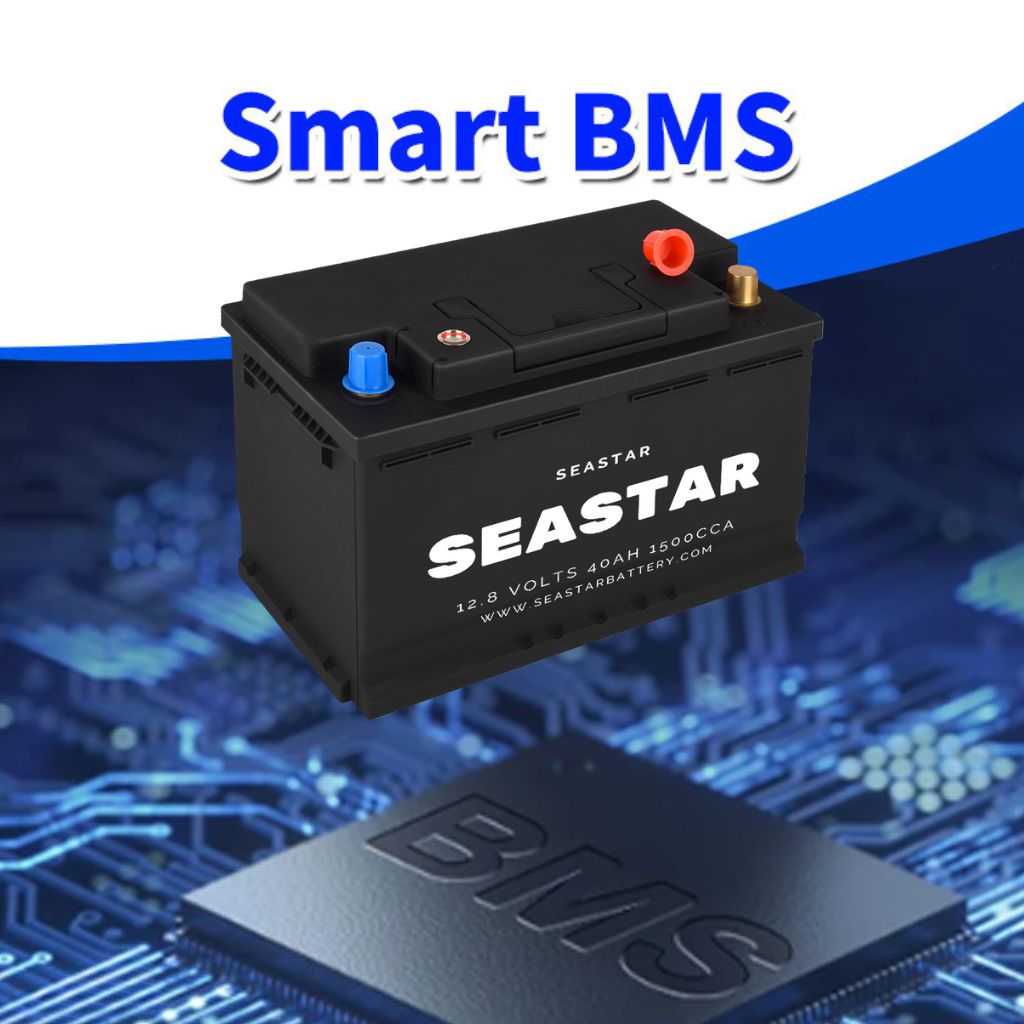
Common Nissan Armada Battery Problems and Troubleshooting
Like any vehicle, the Nissan Armada is prone to battery issues. If your battery isn’t performing as expected, here are some common problems and their solutions:
Battery Not Holding a Charge
- Possible Causes: Corroded terminals, a failing alternator, or an old battery.
- Solution: Clean the battery terminals and ensure the connections are tight. If the problem persists, have the alternator and battery tested at an auto parts store.
Car Won’t Start
- Possible Causes: A dead battery or loose connections.
- Solution: First, check if the battery charge is low. If so, jump-start the car or replace the battery if it’s too old. If the issue isn’t the battery, inspect the starter and ignition system.
Battery Warning Light On
- Possible Causes: Faulty alternator or charging system.
- Solution: Have your alternator and charging system inspected to determine whether the alternator needs replacement or if the issue lies elsewhere in the charging system.
Battery Drain
- Possible Causes: Electrical components left on, like lights or an aftermarket device draining power.
- Solution: Turn off all electronics and accessories, then check for any parasitic drain by testing the current draw with a multimeter. If the drain is significant, take the car to a mechanic.
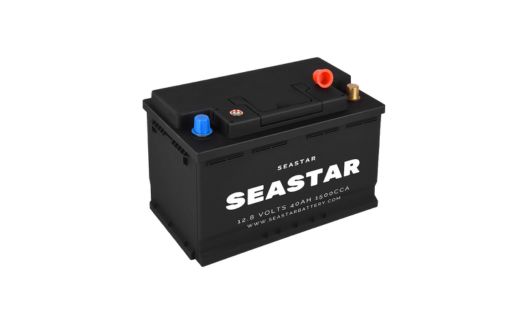
Battery Maintenance Tips for the Nissan Armada
Regular maintenance can help extend the life of your Nissan Armada’s battery. Here are some tips for keeping your battery in good condition:
Check Battery Voltage Regularly
- Use a voltmeter to check the battery’s voltage. A healthy battery should read around 12.6 volts when the engine is off and between 13.7 to 14.7 volts when the engine is running.
Clean the Battery Terminals
- Over time, battery terminals can accumulate corrosion. Clean the terminals with a mixture of baking soda and water to ensure good electrical contact and prevent issues.
Test the Battery Under Load
- Have your battery tested under load, especially before long trips or harsh weather conditions. Many auto parts stores offer this service for free.
Ensure Proper Battery Securing
- Make sure the battery is securely fastened to prevent vibrations, which can cause damage over time.

Choosing the Best Battery for Your Nissan Armada
When choosing a replacement battery, consider factors like battery type, size, CCA (cold-cranking amps), and overall brand quality. Some of the top recommended battery brands for the Nissan Armada include:
Optima Batteries (AGM batteries for better performance and durability)
DieHard Batteries (well-known for high CCA ratings)
Interstate Batteries (offers both OEM and high-performance options)
ACDelco Batteries (a reliable OEM replacement option)
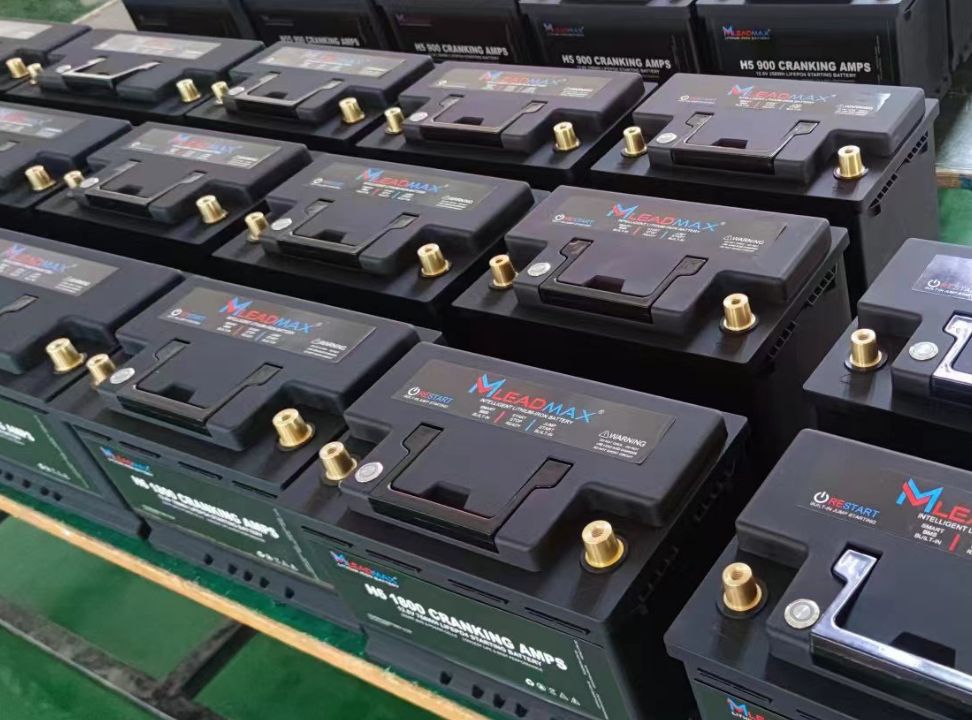
Conclusion
Whether you’re replacing a dead battery, troubleshooting electrical issues, or upgrading to a high-performance battery, understanding the battery specifications for your Nissan Armada is essential for maintaining the reliability and performance of your vehicle.
By keeping these guidelines in mind, you can ensure your Armada starts reliably, runs efficiently, and remains ready for the road ahead.
Always remember to consult your vehicle’s manual for exact specifications and consider professional help for installation if you’re not confident with the process.